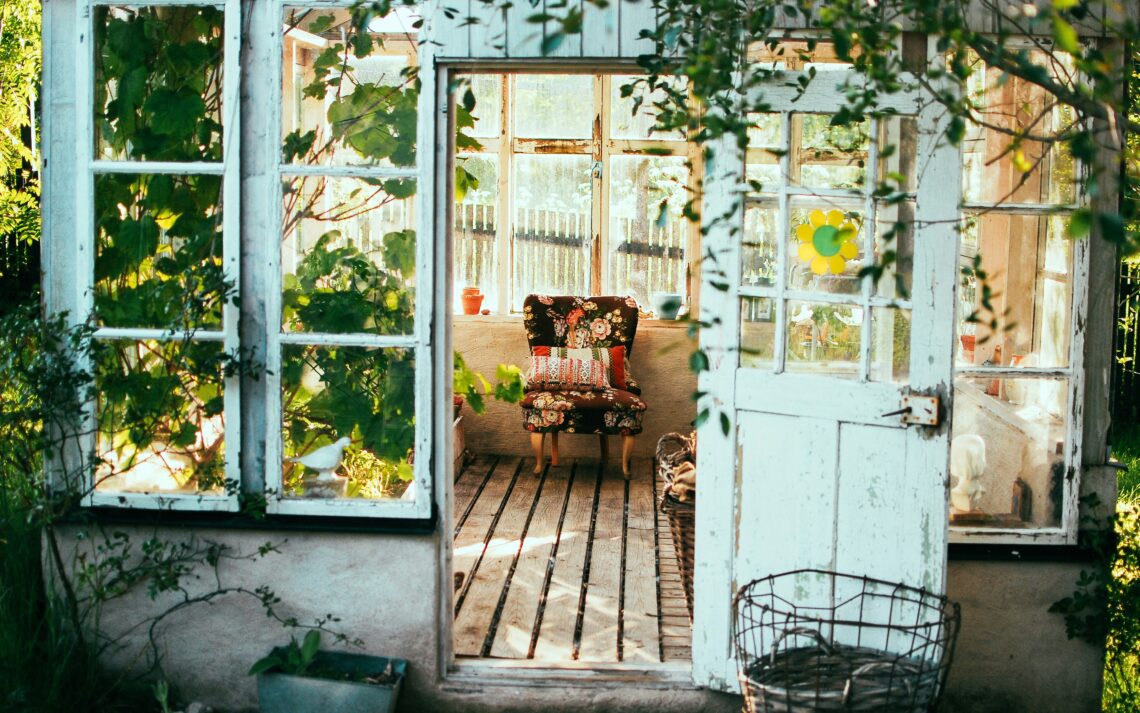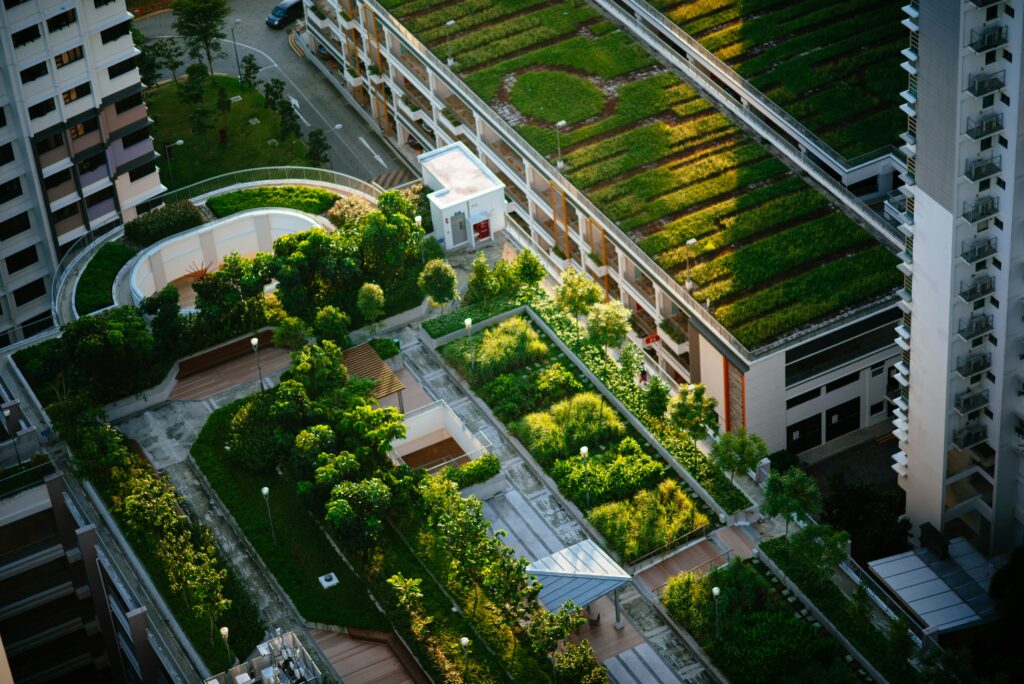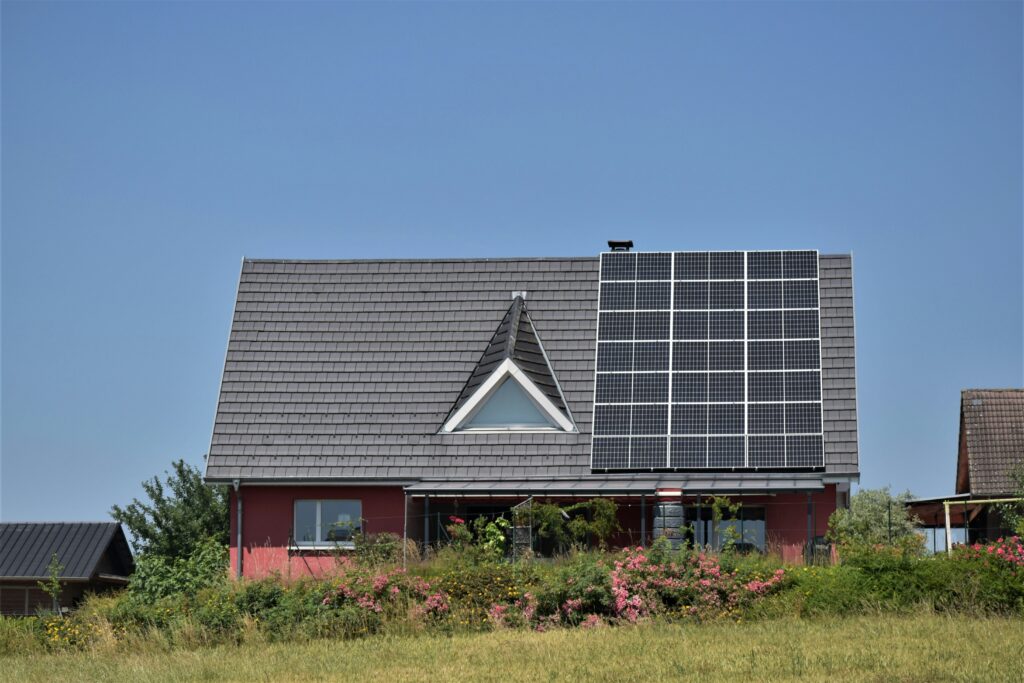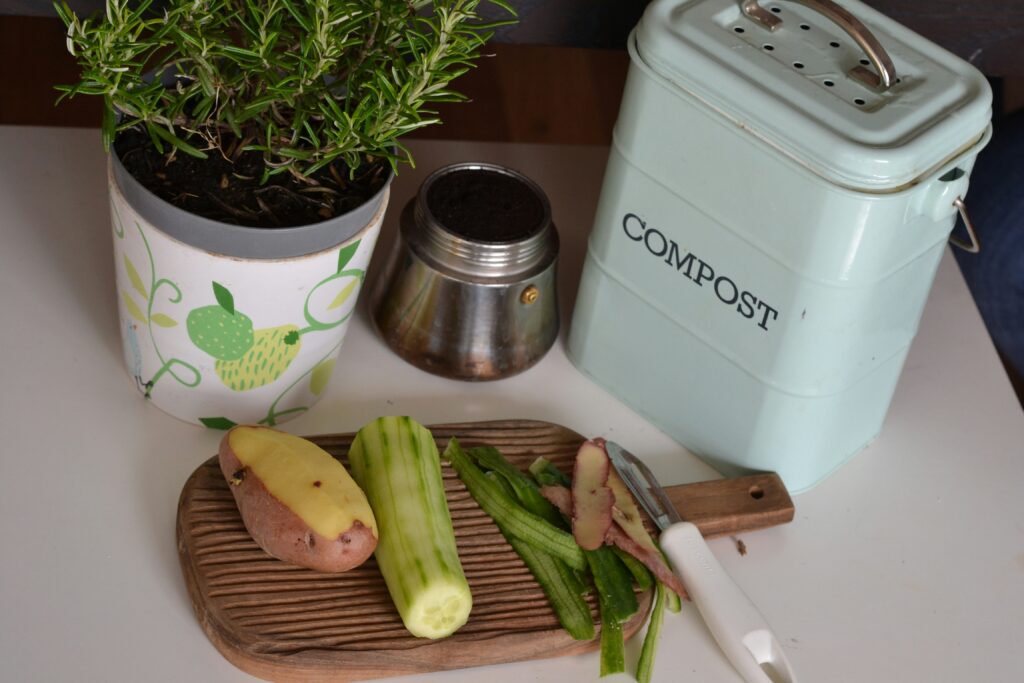
20+ Features of a dreamed Eco-Friendly Home
Imagine living in a home that not only reduces your carbon footprint but also saves you money on energy bills, enhances your health, and boosts your life quality. Eco-friendly houses are a crucial part of the sustainable living movement, blending innovative design with environmentally conscious materials to create spaces that are as kind to the planet as they are to their inhabitants. Let’s explore the many benefits of green homes and discover why they’re the future of residential living. Let’s build a better world, one eco-friendly home at a time!
Table of Contents
Principles of an Eco-Friendly Home
Respect the area and its natural ecosystem
A true eco-friendly house is built according to the ecosystem and geographic characteristics of the area around it and not the other way around. This includes considering the native flora and fauna, the climate, the sun position, any water flows on the property, and the human community around it.
Make optimal use of resources that are free and endlessly renewable
Such as light and heat from the sun, wind for ventilation and power, and rainwater harvesting. By building in a way that draws first on natural resources we reduce or in some cases eliminate our need for energy derived from fossil fuels.
Choose low-impact materials
When it comes to materials, there are no absolute right or wrong choices. What you want from a material is that it is, firstly, fit for its purpose; secondly that it ticks as many boxes as possible for being non-toxic, sustainably sourced (minding as local as you can get it), and recyclable or biodegradable at the end of its (ideally long) life; and thirdly, that it’s aesthetically pleasing to you. Some examples could include Rammed Earth, Straw Bales, Bamboo, Repurposed wood, Recycled steel, Recycled plastic, Low-E glass, etc.
Reduce, Reuse, Recycle
In order of importance. First reduce the amount you buy, then reuse what you already have (perhaps in a different way to its first use), and finally recycle anything that has come to the end of its life. Whenever is necessary to buy items, consider second hand. This principle is KEY to sustainability and to keep the project low budget.
Design high quality (which doesn’t mean expensive)
Basically, the longer a building lasts in good condition, the better it is for the environment, and your wallet. Some features might be a more expensive investment but will reduce the bills long term.

Features of an Eco-Friendly Home
Energy Efficiency
This is, in my opinion, one of the industries of sustainability that has progressed the most, the amount of energy used nowadays is higher than ever and therefore is imperious to re-think how we generate it. Luckily there are many options, such as:
- Solar Panels. There are many models, they are considerably easy to install, low maintenance and durable.
- Energy-efficient Windows, like double or triple-glazed windows with Low-E coatings.
- LED lighting. An accessible first step, have a longer lifespan than regular bulbs and lower energy consumption.
- High-quality Insulation. The best choice material will depend on each case and of course this demands some kind of remodeling if it’s not a new building.
- Geothermal Heating and Cooling. Uses the stable temperature of the earth to heat and cool homes.
- Energy Star Appliances. According to the energy efficiency guidelines set by the EPA.
- Tankless Water Heaters. Heats water on demand rather than storing it in a tank. Provides continuous hot water, reduces energy consumption, and saves space.
- Radiant Floor Heating Systems. Very efficient since they don’t lose heat through ductwork or air leaks.
- Cool Roofs. designed to reflect more sunlight and absorb less heat.
- Energy Recovery Ventilation (ERV) Systems. Systems that capture and reuse energy from exhausted air to condition incoming fresh air. Improves indoor air quality, reduces energy costs, and maintains comfortable humidity levels.
- Smart Thermostats and Home Energy Management Systems (HEMS). Integrated systems that monitor and control energy use in the home. Provides insights into energy consumption and optimizes its use.
- Heat Pumps. Devices that transfer heat from the air, ground, or water to heat or cool the home. Highly efficient, can be used for both heating and cooling.

Water-Efficient Fixtures
- Low-Flow Fixtures. Faucets, showerheads, and toilets designed to use less water without sacrificing performance.
- Dual-Flush Toilets. Toilets with two flush options – a low-volume flush for liquid waste and a higher-volume flush for solid waste.
- Composting Toilets which use little or no water by composting human waste for safe disposal or use as fertilizer.
- Water-saving Appliances.
- Rainwater Harvesting Systems. Collect and store rainwater for irrigation, toilet flushing, and other non-potable uses.
- Gray Water Systems. Recycle water from sinks, showers, and washing machines for use in irrigation and toilet flushing.
Green Roofs and Walls
Roofs and walls covered with vegetation and soil provide many benefits, such as:
- Insulation, reducing energy consumption.
- Plants absorb pollutants and CO2 while releasing oxygen, contributing to cleaner air.
- Vegetation absorbs rainwater, reducing runoff and decreasing the risk of flooding and erosion.
- Provides habitats for birds, insects, and other wildlife, promoting urban biodiversity.
- Plants and soil layers absorb sound, reducing noise pollution in urban areas.
- It can be used as a space to grow edible plants.
- Are STUNNING to look at.

Sustainable Landscaping
- Native Plant Gardens. Featuring plants native to the region, typically require less water and maintenance and avoid the disturbance of native fauna and pollinators.
- Water-Efficient Landscaping. Use of drought-tolerant plants, xeriscaping, and mulching to reduce the need for watering.
- Smart Irrigation Systems. Irrigation systems that use weather data and soil moisture sensors to optimize watering schedules.
- Organic Gardening Practices. Avoid the use of pesticides by using plants that are naturally insect repellent.
Simple Practices to Make Your Home Eco-Friendly
Start today with simple practices that require no expense but some little habit twists.
Reduce, Reuse, Recycle
- Reduce: Avoid purchasing single-use plastic items. This will help the environment and when it comes to grocery shopping will make a huge impact on your health.
- Reduce: Purchase items in bulk to reduce packaging waste. Bring your own containers to stores that offer bulk goods, such as grains, nuts, and spices.
- Reuse: Instead of discarding items you no longer need, donate them to charity shops, shelters, or community centers. This includes clothing, books, electronics, and furniture.
- Recycle: Ensure that recyclables like paper, cardboard, glass, and certain plastics are clean and properly sorted according to your local recycling guidelines. Remove food residue and sort materials into the correct bins.
- Recycle: Compost your organic waste. Composting is a very simple practice, can be done at either small or large scale and needs very little materials to start with.

Energy-Saving Habits
- Turn Off lights and appliances when not in use. Use power strips for multiple devices and switch them off to cut off phantom power usage.
- Open curtains and blinds during the day to maximize natural light, reducing the need for artificial lighting.
- Use windows and fans to ventilate your home naturally instead of relying on air conditioning.
Water-Saving Practices
- Turn Off the faucet while brushing your teeth or scrubbing your hands, only turning it on to rinse.
- Take shorter showers.
- Be mindful about the usage of dishwasher and washing machines.
- Regularly check for and repair any leaks in faucets, toilets, and pipes. Even small drips can add up to substantial water waste over time.
- Switch to a plant-based diet. By eliminating meat and milk from our diets and turning to plant sources of these foods, we would be saving at least 50% of our water use.
- Collect rainwater and the cold water while waiting for your shower to heat up for watering plants and gardens or cleaning.
Eco-Friendly Cleaning Products
- Choose alternative eco-friendly brands to conventional cleaners or make them at home using simple and very effective ingredients such as vinegar, baking soda, rubbing alcohol, and essential oils.
Conclusion
By incorporating some of these 20+ ideas, from energy-efficient systems and sustainable materials to water-saving habits and homemade cleaning products, you can significantly reduce your environmental impact while enjoying a healthier, more comfortable living space.
Embracing eco-friendly living is a powerful way to contribute to a sustainable future and enhance your quality of life. So, start implementing these green innovations today and watch your home transform into a haven of sustainability and efficiency.

